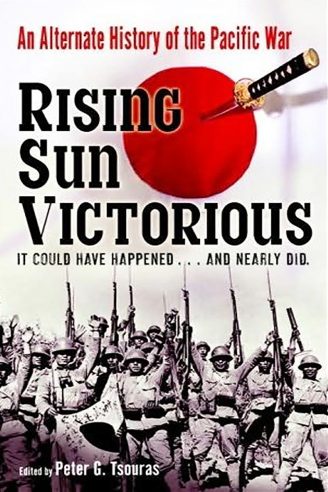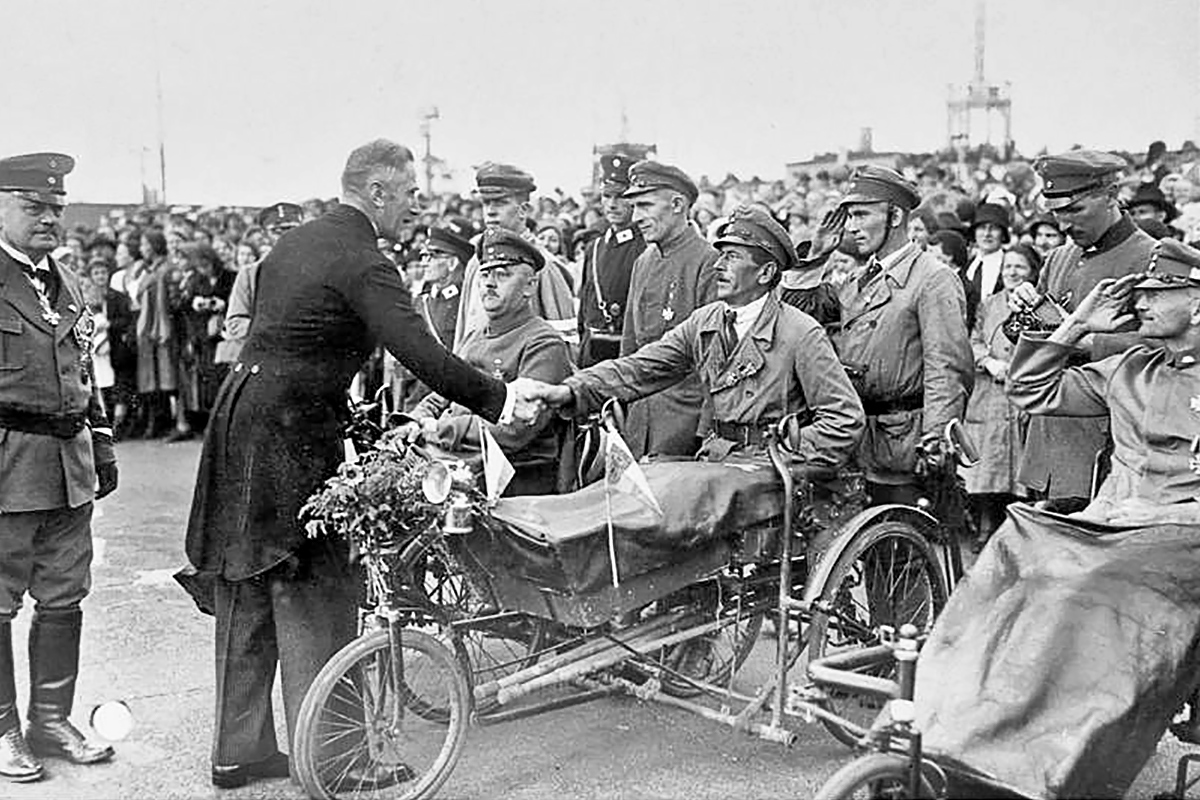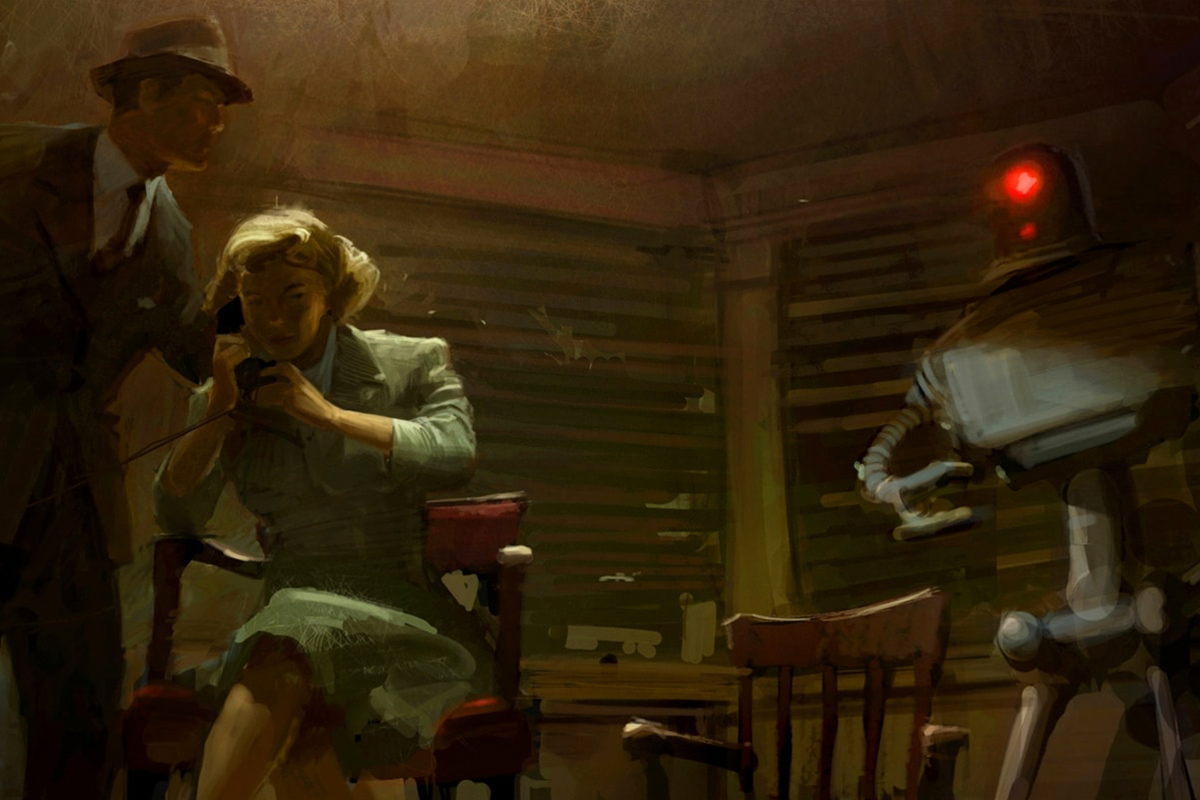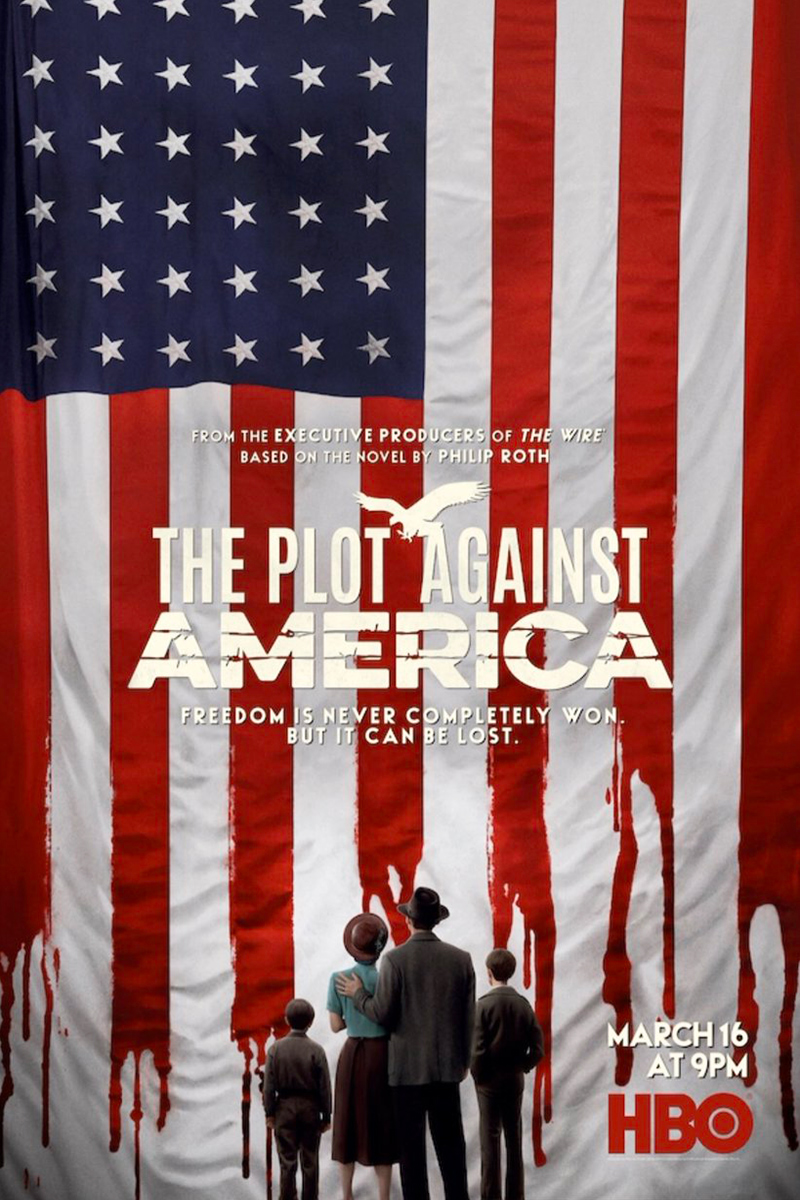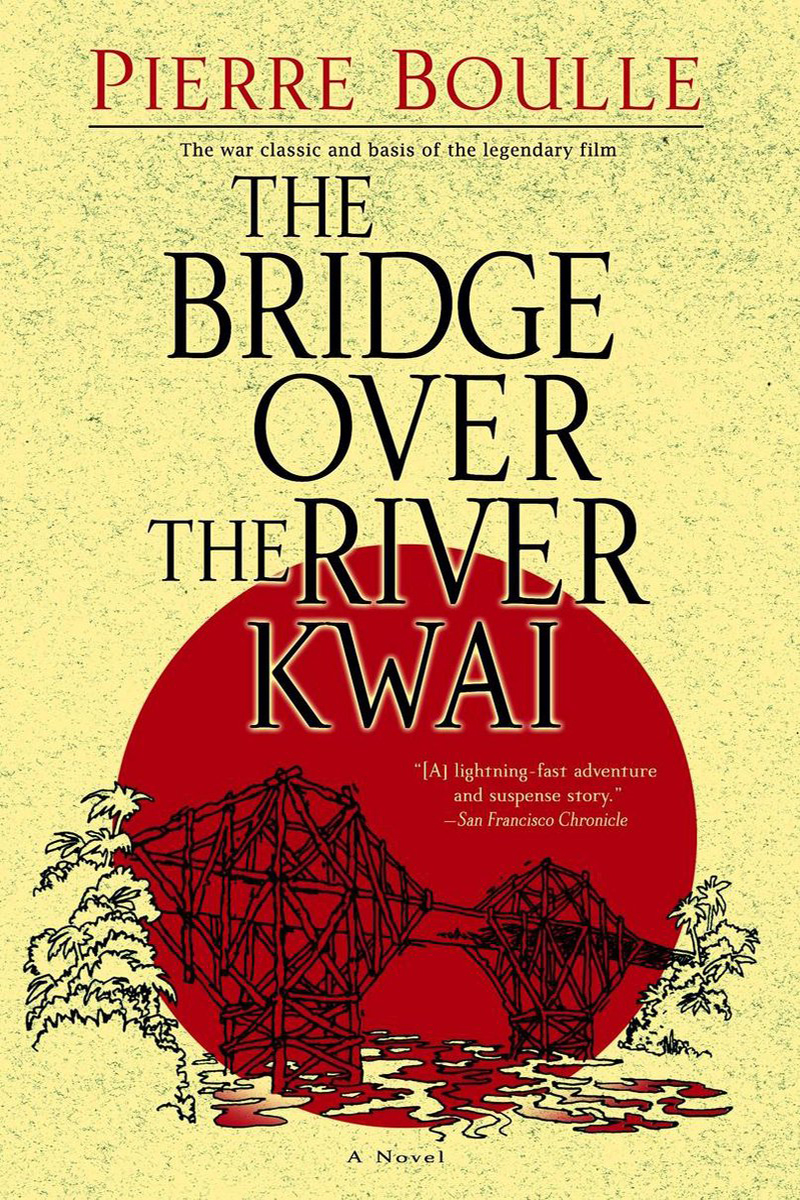When it comes to alternate histories of the Second World War, there seems to be a strong focus on Nazi Germany. Something which comes out of the focus on it both in nonfiction writings and in popular culture. After all, Harrison Ford’s Indiana Jones fought them rather than their counterparts in the Pacific, the Imperial Japanese.
Yet the Pacific Front is not without its potential points of divergence, as both editor Peter G. Tsouras and his essayists wrote about in the 2001 collection Rising Sun Victorious. Published as part of what Goodreads users have termed the Greenhill Alternate History Anthologies Series, the ten essays remind readers that battles, like history itself, often turn on the most innocuous pieces of luck.
Perhaps a case in point being in Forrest Lindsey’s essay “Naguma’s Luck,” where a chance change in direction during the Battle of Midway by naval aviator Wade McClusky changes the course of the Pacific War, including a direct Japanese attack on the American West Coast.
Or in Frank Shirer’s reimagining of the events of December 7, 1941, showing that being forewarned might well not have been a case of forearmed for the Americans on the ground at Pearl Harbor.
The Japanese catching onto the Americans cracking of the JN-25 code becomes the source of James Arnold’s “Coral and Purple: The Lost Advantage,” playing out a fascinating intelligence-based “what if?” that likewise illustrates the role of luck.
The collection also explores other scenarios, some perhaps more plausible than others. They range from a decision to attack the Soviet Union’s Siberian holdings in 1941 to campaigns in Australia and the Indian subcontinent. The latter alternative, presented in David Isby’s “The Japanese Raj,” also delves into just how India was granted its independence after the war. What might have happened if those who campaigned for independence in our timeline had died in a Japanese occupation is a fascinating question in its own right.
Perhaps the biggest surprise comes in the later essays of the book. It’s incredible to discover how, as late as the autumn of 1944, the war might have turned in their favor when Admiral William Halsey inadvertently left only a group of escort carriers to face off against Japan’s last major naval offensive of the war. And, finally, how even the never-realized invasion of the Japanese home islands across late-1945 and early-1946 might have ended in a stalemate. That being in part thanks to the often-overlooked Typhoon Louise that in our timeline sank over a hundred of the now-unneeded ships off of Okinawa in October 1945, something which would have significantly hampered any invasion attempt.
While even if not as unquestionable victories as earlier in the war, as written here, they come across as plausible outcomes only narrowly avoided by slight changes in circumstances.
Would any of these victories have been lasting? As the essays examining Japanese invasions of Australia and India show, perhaps not, with both ultimately faltering. After all, American industrial might and Japan’s lack of materials had helped kickstart the war, to begin with, in the closing days of 1941. Even so, Tsouras and his essayists demonstrate how changes big and small might have given the Imperial Japanese a taste of victory, however large or small. Ones that could well have set the stage for a cold war and future conflicts between the Eagle and Rising Sun had things gone a little differently.
This story was originally published by Sea Lion Press, the world’s first publishing house dedicated to alternate history.

